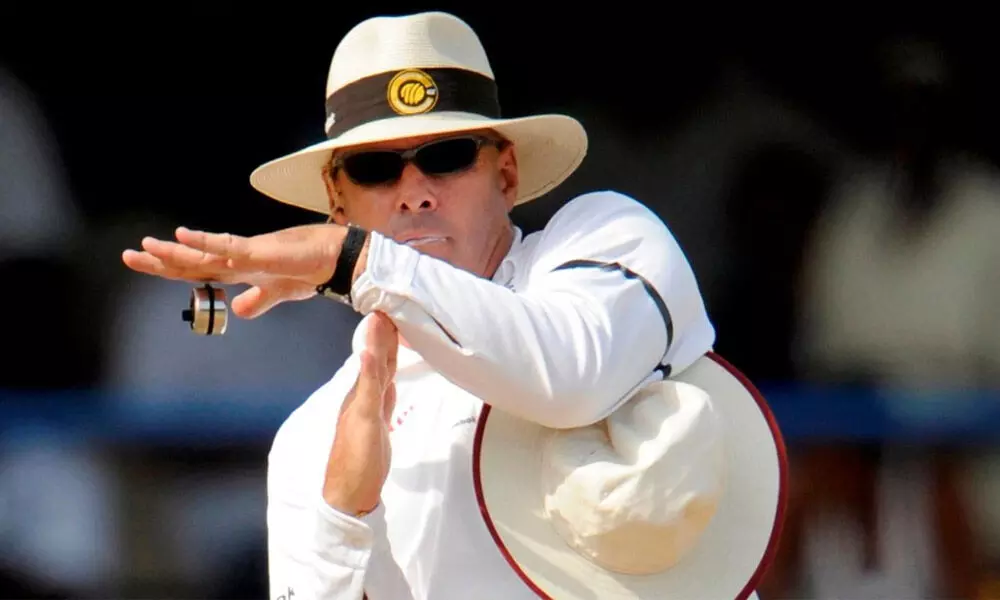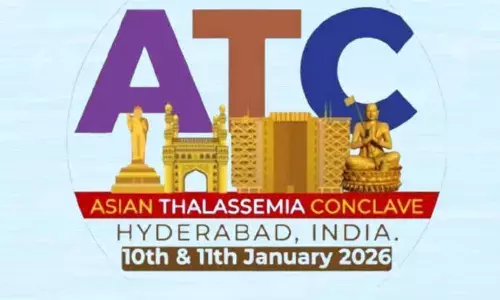Cricket technology could end up in a mess

Cricket technology could end up in a mess
Innovations and improvements through progressive and modern thinking are essential for the world to move forward
Innovations and improvements through progressive and modern thinking are essential for the world to move forward. Technology has in the last two decades brought about a sea of change in every area of our lives. Communication, transmission and digital and virtual interaction has revolutionised the way we approach and analyse our thought process and action.
Sport has gained enormously from it, not only for the sportsmen but also for the millions of fans and well wishers following it. Cricket took its time to open its doors to using technology, as the halo of being a gentleman's game valued itself as being a competitive but sporting encounter between two teams. The word 'cricket' was spoken about on many occasions, whether political, legal or casual to emphasise 'honesty' and 'integrity'. Gradually the greed of human beings came to fore, with 'winning at all cost' becoming the criteria of success. Any means to achieve victory became the focal point and aim of a cricket side.
Host countries first took advantage of the playing conditions and surface and cricket wickets were made for them to get the famous words 'home conditions' into play. The next step was aimed at the two wise men who controlled the game, the umpires. Cricket matches from school tournaments right all the way up to the international level gave rise to biased decisions and this too became 'home conditions'. The introduction of neutral umpires for international cricket matches was a breath of fresh air for the cricketers. There were errors and mistakes quite understandably on several occasions but in the end the cricketers took it in their stride as being unfortunate victims.
The first of the algorithms that was introduced solely because of the limited overs one-day format was the Duckworth and Lewis calculations that were put into place by the International Cricket Council (ICC). This was to calculate a run chase or a winner if the match was interrupted for rain or any other unforeseen condition. Even today after three decades of existence, the D&L method is not convincingly understood. Predicting the outcome or forecasting a situation as to how a cricket match will unfold is the uncertainty that makes cricket an unpredictable game. Replicating a cricket match through data permutations and combinations is quite impossible.
Limited overs cricket required a result and so adapting a make-believe scenario was accepted as 'this is how it will be' by the ICC running the sport. The umpires were the next in line to be targeted, not as victims but as someone who needed to be assisted for not just controlling the game but also in their workload of decision making. The live beaming of cricket matches aided by the numerous cameras and microphones made life quite unpleasant for the umpires. Every decision of theirs was thoroughly scrutinised by millions watching the game and errors that were taken as part and parcel of the game became a topic of unfair criticism. Cricket thought leaders, in order to protect the two supreme judges of the match out in the middle, therefore introduced the now in existence Decision Review System (DRS).
It shows through television replays, a technology that tracks the path of the ball and predicts what it would have done. Microphones were brought in to detect small sounds made as the ball hit the bat or pad and infra-red imaging to detect temperature changes as well. Unable to do so in the middle, a third umpire is utilised who sits in the comfort of a cabin to review and decide the umpire's call. The introduction of technology in creating an unbiased and fair platform is definitely wonderful and progressive. Unfortunately, similar to the D&L, the behaviour of the bounce, movement and path of the ball, even if it is only four feet away, is difficult to fathom. This, therefore, creates an atmosphere of doubt and unfairness in the mind of the cricketer involved. The umpire's call has brought about a further confusion, as even if the ball is hitting the stump, the decision will depend entirely on the way the umpire has adjudicated it.
Spinners have gained enormously from this rule. A straight ball hitting a well stretched batsman, playing a forward defensive shot, getting hit on the pad leads the bowler to a victorious dance. How can anyone be sure that at a distance of seven feet and over for the ball to travel, it would hit the stumps and not change its path. The inventors of these modern technologies have done, one gathers, several tests and trials to come to the conclusion, but the atmospheric conditions and bounce can alter quite significantly not only in every country, but at every venue as well. The immediate solution to this would be to give an out decision to any ball that is hitting the stumps regardless of the umpire's call.
Late cricket legend Tony Greig, one recalls, did an on-ground presentation on the way a catch can be misrepresented, when reviewed. He held a cricket ball in one hand and rested it on the turf with his fingers under the ball. The image that came forth was that the ball was touching the ground, even though he had it well entrenched in his fingers. He felt the camera angle could create this uncertainty. One wonders if this imaging has been improved as he was certain this would lead to issues in years to come. It's a thought definitely to ponder over.
One feels teams and support staff are over evaluating and analysing through technological data to enable them to construct their game plan. Batsmen are getting confused with their technique and bowlers with the way in which they deliver. This all looks brilliant when it works, but cricket is a sport which needs intuitive and instinctive reactions. New technology, however, needs to be introduced; a proper study should be done before it is implemented. Cricketers playing the game need to be consulted or else they will always feel short changed. Technology that could become a game changer for the better may end up into a mess.
(Yajurvindra Singh is a former Test cricketer. Views expressed are personal)

















